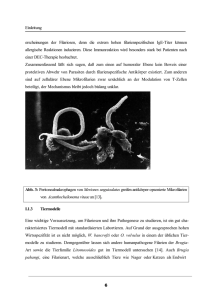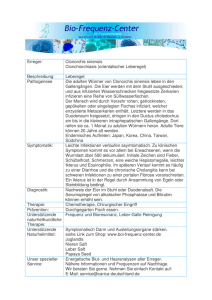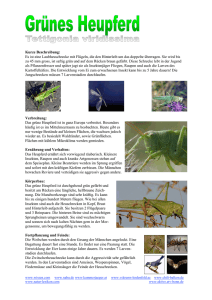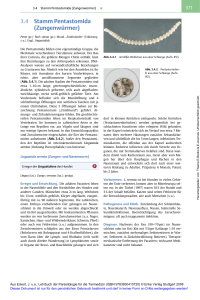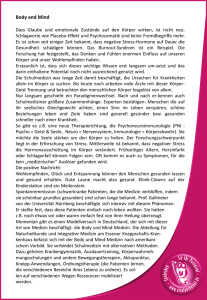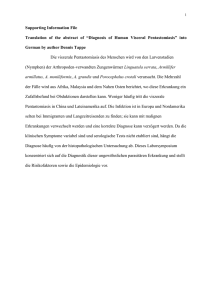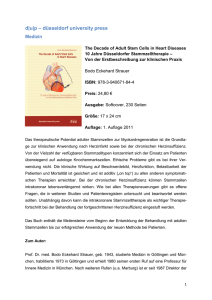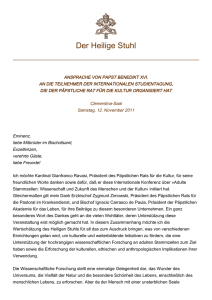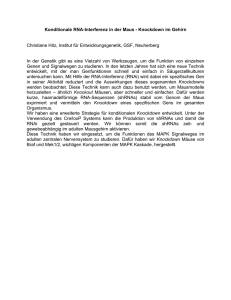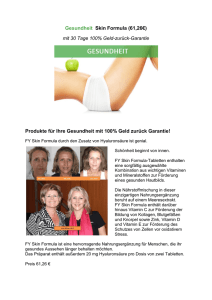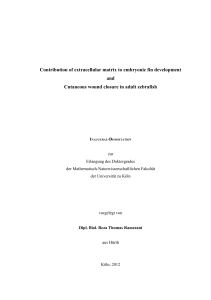Jeder fängt mal klein an
Werbung
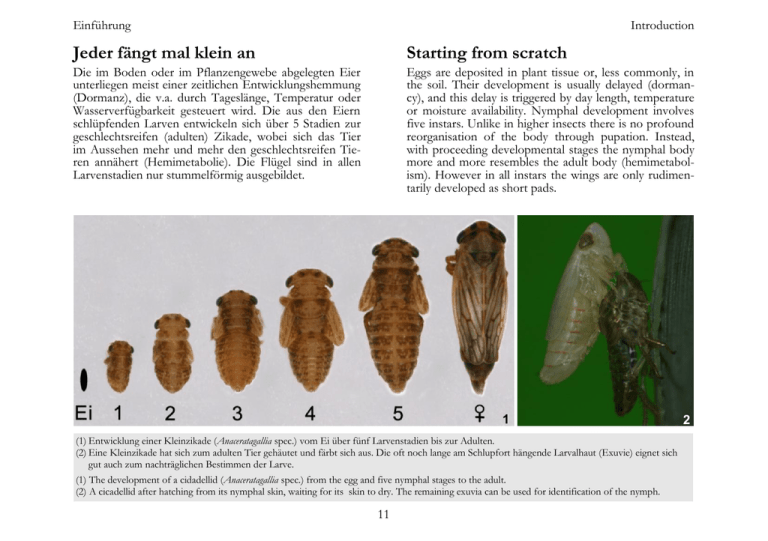
Einführung Introduction Jeder fängt mal klein an Starting from scratch Die im Boden oder im Pflanzengewebe abgelegten Eier unterliegen meist einer zeitlichen Entwicklungshemmung (Dormanz), die v.a. durch Tageslänge, Temperatur oder Wasserverfügbarkeit gesteuert wird. Die aus den Eiern schlüpfenden Larven entwickeln sich über 5 Stadien zur geschlechtsreifen (adulten) Zikade, wobei sich das Tier im Aussehen mehr und mehr den geschlechtsreifen Tieren annähert (Hemimetabolie). Die Flügel sind in allen Larvenstadien nur stummelförmig ausgebildet. Eggs are deposited in plant tissue or, less commonly, in the soil. Their development is usually delayed (dormancy), and this delay is triggered by day length, temperature or moisture availability. Nymphal development involves five instars. Unlike in higher insects there is no profound reorganisation of the body through pupation. Instead, with proceeding developmental stages the nymphal body more and more resembles the adult body (hemimetabolism). However in all instars the wings are only rudimentarily developed as short pads. 1 (1) Entwicklung einer Kleinzikade (Anaceratagallia spec.) vom Ei über fünf Larvenstadien bis zur Adulten. (2) Eine Kleinzikade hat sich zum adulten Tier gehäutet und färbt sich aus. Die oft noch lange am Schlupfort hängende Larvalhaut (Exuvie) eignet sich gut auch zum nachträglichen Bestimmen der Larve. (1) The development of a cidadellid (Anaceratagallia spec.) from the egg and five nymphal stages to the adult. (2) A cicadellid after hatching from its nymphal skin, waiting for its skin to dry. The remaining exuvia can be used for identification of the nymph. 11 2
